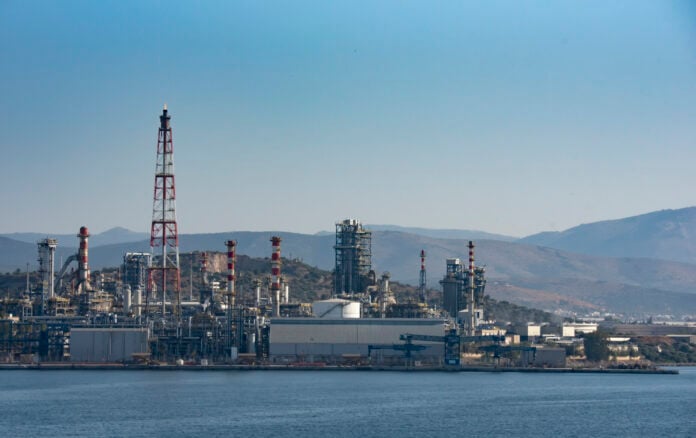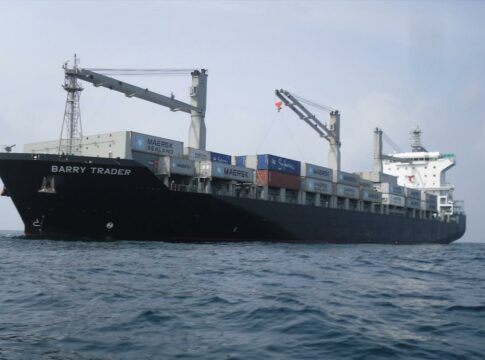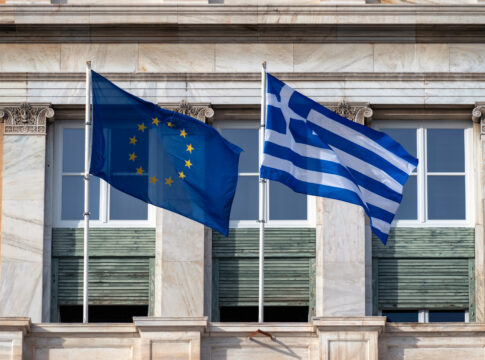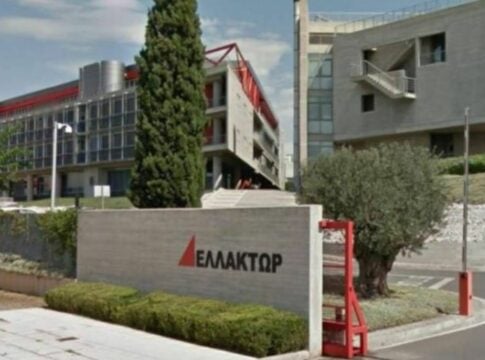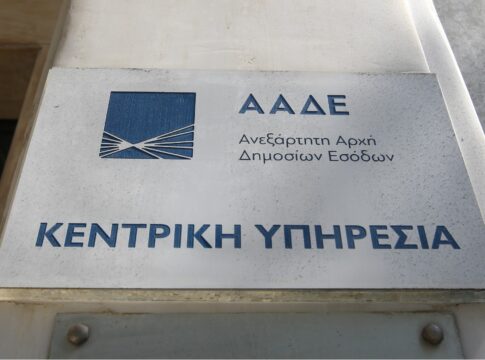HELLENiQ ENERGY Holdings S.A. chief executive officer Andreas Shiamishis estimated that operating profitability (adjusted EBITDA) will reach 1 billion euros in 2023, noting that this performance will be the second best in the company’s history.
Shiamishis underlined that the international refining margins, which showed a significant decline during the second quarter of the year, negatively affecting the results, are already recording a recovery while at the same time there is also a strong recovery in the demand for fuel in the domestic market due to tourism as well as strengthening of exports.
HELLENiQ ENERGY Holdings S.A. announced its consolidated financial results for the second quarter, with adjusted EBITDA at 164 million euros and adjusted net income at 26 million euros. According to the announcement, first half adjusted EBITDA totaled 568 million euros and adjusted net income at 277 million euros, reporting yet another strong performance. Operating results (EBITDA) do not include results of our associates, ELPEDISON and DEPA, which are consolidated under the equity method.
Second quarter results reflect a weaker benchmark margin environment, especially when compared to the historic-highs of the same period last year, limiting thus the benefits of improved operations and increased availability of all three refineries, the company added. Moreover, increased installed capacity following the last two years of investments and higher electricity generation, resulted in improved contribution from RES.
Reported Net Income amounted to 7 million euros in the second quarter of 2023 compared with 524 million euros and 162 million euros in the first quarter, with the big difference reflecting the losses from inventory valuation on compulsory stocks held and financed by the company.
Strategy Implementation – Vision 2025
Following the completion of the first phase of the Vision 2025 strategic plan, the group focuses on four pillars: a) operational excellence across all businesses b) acceleration of targeted portfolio development in RES and storage in Greece and internationally, along with the development of commercial capabilities, c) carbon footprint reduction in our core activities and d) further improvement in ESG.
Through HELLENiQ Renewables, the group is accelerating its development in the RES sector, with the aim of reaching operating capacity of 1 GW by 2025. During the second quarter, agreements were concluded for the acquisition of PV parks portfolios with a total capacity of 211 MW in Romania and up to 180 MW in Kozani, which are expected to be operational in the next two years and within 2024 respectively, as well as 15 MW PV parks in operation in Cyprus. These agreements mark HELLENiQ ENERGY group’s entry into two new, rapidly developing markets, Cyprus and Romania, achieving geographical diversification of the RES portfolio and strengthening the group’s extroversion. At the same time, HELLENiQ Renewables signed a framework agreement for the development of an additional RES portfolio with a total capacity of 600 MW in Romania, while the Group’s entry into another international market through another subsidiary is in progress.
In order to accelerate its RES portfolio development, HELLENiQ Renewables signed a financing framework agreement of up to 766 million euros with 2 Greek banks for the implementation of multiple financing arrangements (project finance) in relation to existing and new projects for RES electricity generation in Greece. The agreement covers the RES projects’ operational/commercial model, with pricing structures such as feed-in-tariffs, feed-in-premiums or even power purchase agreements (cPPAs). It is a particularly innovative transaction, pioneering for the Greek market, with material benefits, such as: a) sufficient financing capacity to support the group’s growth, b) flexibility and speed of projects implementation, c) improvement of the group’s capital structure, d) competitive financing terms and costs.



